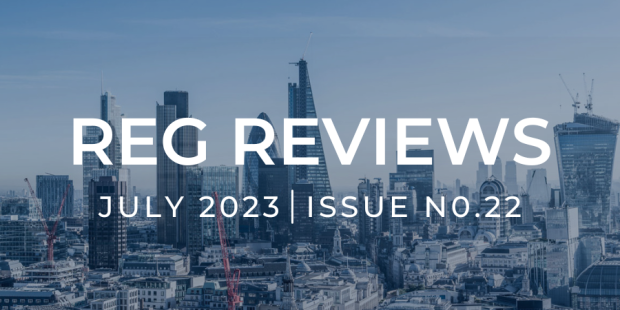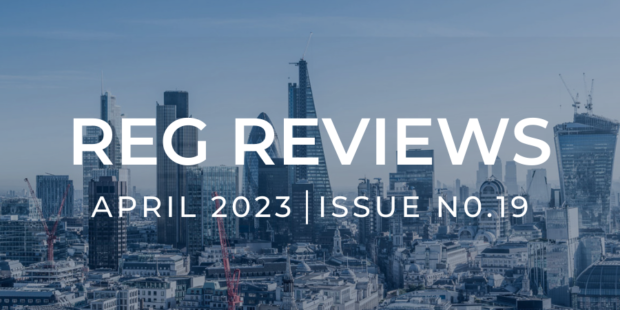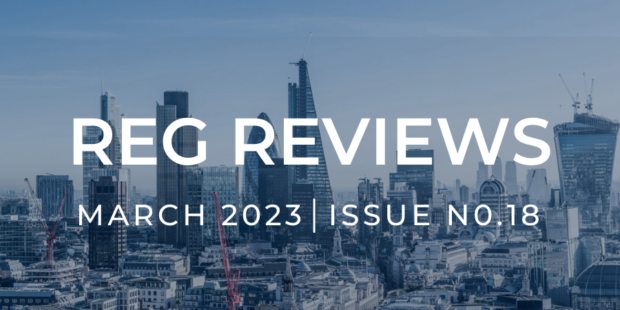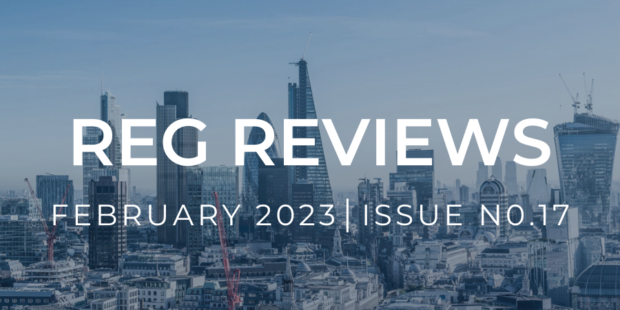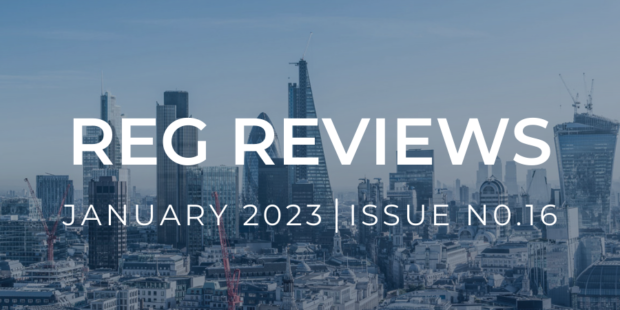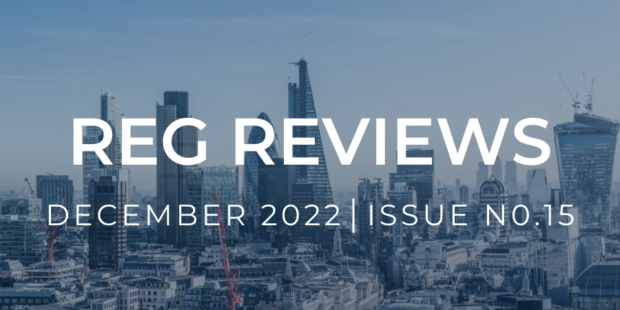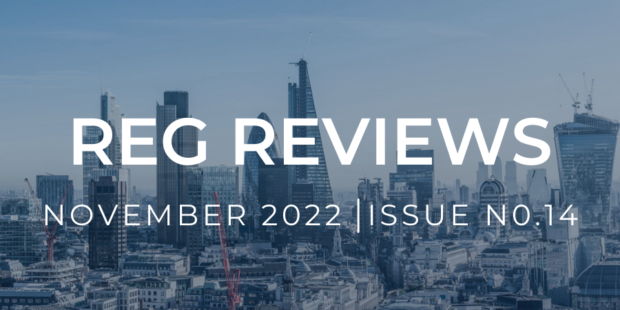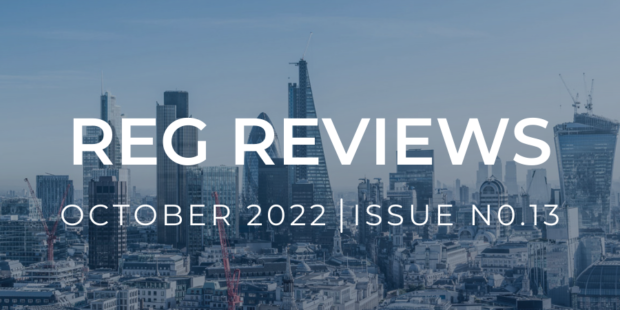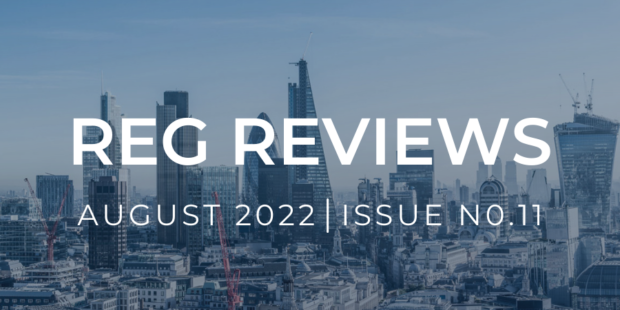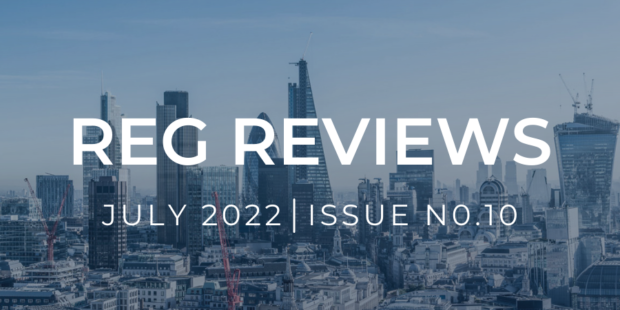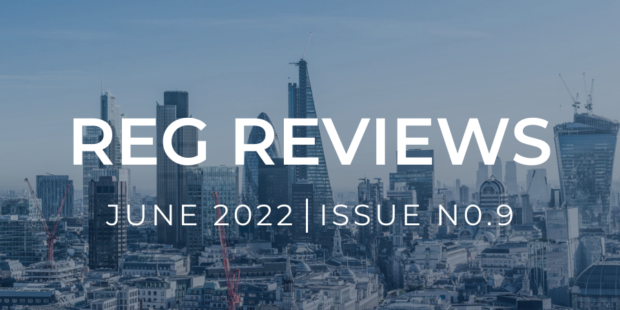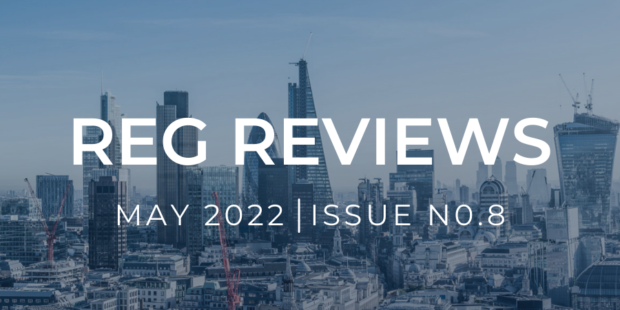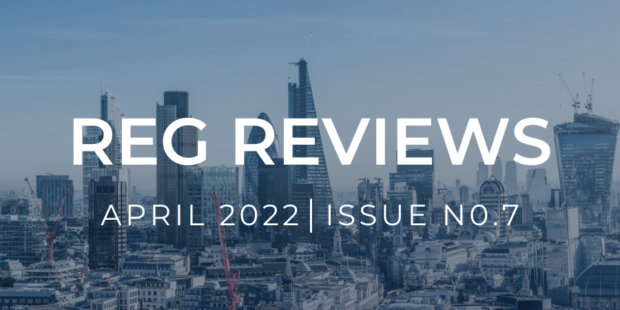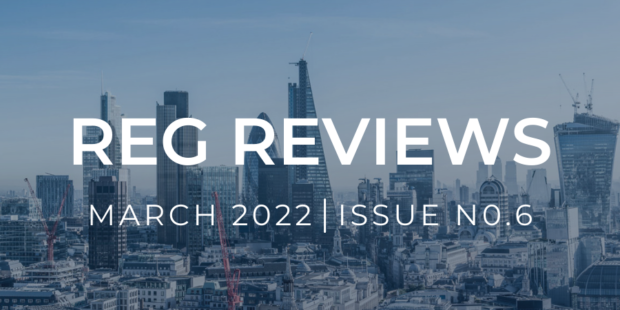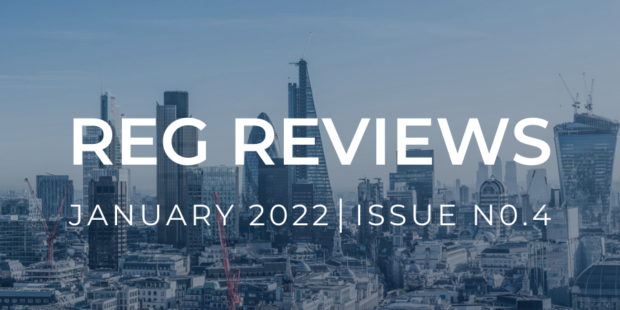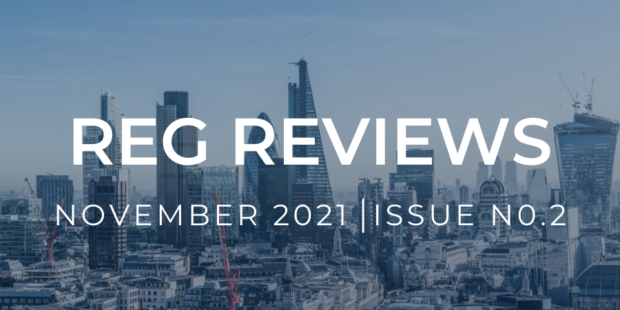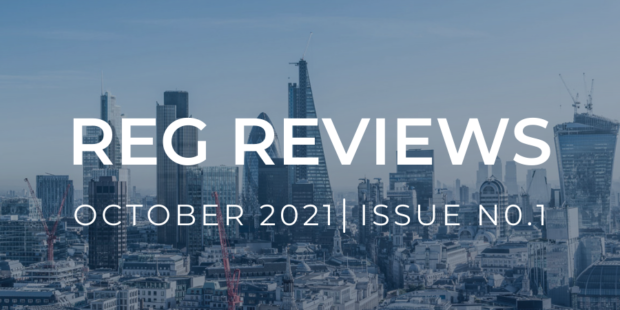As climate change leads to an increase in natural catastrophe weather events in the UK, flood insurance specialists are advising brokers to remain vigilant in assisting their clients, reports Insurance Age.
The changing nature of flooding, with torrential rain causing flash floods even in areas not previously deemed at risk, poses new challenges for insurance coverage.
In June, Ian Gibbs, National Technical Manager at Sedgwick, highlighted that brokers have a crucial role to play in raising awareness among customers about the risks associated with flooding.
He emphasised that brokers can provide significant value by offering informed advice on flood resilience and the available schemes to mitigate potential damages.
Flood Re’s initiative, Build Back Better, introduced in April 2022, enables home insurers to provide customers affected by flooding with reimbursement costs of up to £10,000 for flood resilience measures.
The main goal of this program is to minimise the impact, inconvenience, trauma, and expenses associated with future floods for homeowners.
Additionally, it aligns with the broader objective of enhancing the UK’s flood resilience in preparation for the conclusion of the Flood Re scheme in 2039.
Approximately 65% of the insurers participating in Flood Re have expressed their support for the Build Back Better initiative. Aside from Ageas, this endorsement includes prominent insurers such as Aviva, Axa, Covéa Insurance, Hiscox, NFU Mutual, LV General Insurance, RSA, and recently joined by Zurich.
No brokers have signed up for the Build Back Better initiative, which is not surprising as it is offered at the time of a claim and falls under the responsibility of insurers or managing general agents handling the claim, stated Insurance Age.
However, brokers play a crucial role in informing and advising customers about the scheme’s existence and how they can access its benefits.
Liz Mitchell, Director and Founder of Flood Assist, has observed a rise in customer inquiries about the Build Back Better scheme. However, she highlighted a concerning lack of understanding about the scheme’s mechanics and benefits among brokers.
The rise in natural catastrophe weather events in the UK due to climate change has led to a change in flooding patterns.
While riverbank bursting remains a concern, the increase in heavy rain and sudden torrential rainfall has caused issues in urban areas where water drainage is inadequate. As a result, regions that were not traditionally prone to floods are now experiencing such events.
Mitchell pointed out that clients often mistakenly believe that living near water is the sole risk factor for flooding.
She stated; “The nature of flooding is changing – we see a lot of surface water flooding. We’ve seen that happening in London over the past few years. The types of flooding situations are changing away from rivers,”
Liz Mitchell highlighted that drainage systems in most cities are ill-equipped to handle the excessive water volumes from torrential downpours, leading to potential flood risks for buildings that were previously considered safe. The construction of new concrete buildings around existing structures could exacerbate these risks.
This observation was supported by Toby Daley, Underwriting Director at Plum Underwriting, who noticed a rise in flash flooding in areas where water cannot escape.
He mentioned that surface water flooding is becoming problematic, especially when people block pave their gardens, hindering water absorption into the soil. These factors are contributing to the increasing prevalence of basement flooding.
Flood Assist gathers open-source data and shares it with the Environment Agency, utilising the information to assist clients in comprehending potential flood risks.
Mitchell stated; “We can use the data and map it against our live customer base, and when we see an area going under alert or a flood warning we can see in real time which of our customers are at risk of flooding,”
“Not all floods have a warning attached to them, so it’s not foolproof, but we can use that proactively to contact customers in the event of a weather event”, she concluded.



























